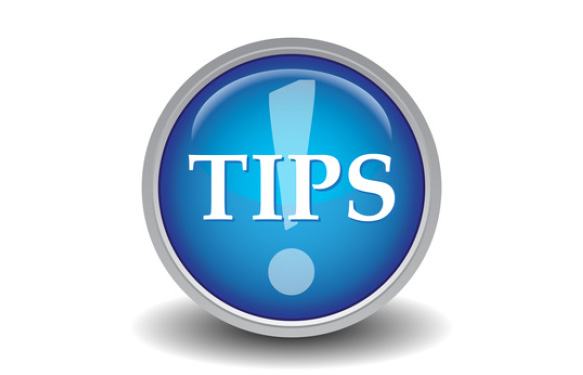In a previous post dedicated to Quantitative arrays (Quantibody), I introduced our L-Series aimed at a broad one shot profiling of up to 1000 markers at once. This relative quantitation technology allows you to perform a first screen of your samples of interest versus a control, before you go on to targeted profiling using either pathway specific arrays, or a custom array including the targets of interest identified with the initial L-series screen.
With this broad profiling array, the expression levels of proteins including cytokines, chemokines, adipokine, growth factors, angiogenic factors, proteases, soluble receptors, soluble adhesion molecules can be simultaneously detected.
If I were to summarize their main features in just a few points, I would say:
- High density arrays
- 1000 Human proteins
- Direct biotin labeling of proteins
- High detection sensitivity
- Accurate and reproducible
- Affordable, quick and simple to use
- Compatible with various sample types
- Available in 2 formats: Glass slides (Fluorescence detection) or Membrane (Chemiluminescence)
To give you a few more details about the protocol, the first step in using the RayBio® L-Series Human Antibody Array 1000 is to biotinylate the primary amine groups of the proteins in your sample. The arrays are then blocked, just like a Western blot, and the biotin-labeled sample added onto the glass slide or membrane, which are pre-printed with capture antibodies. After the incubation step, streptavidin-conjugated fluorescent dye (Cy3 equivalent) is applied to the array for the Glass slide format. The glass slide is dried, and laser fluorescence scanning is used to visualize signals. Alternatively, with the membrane format, the signals are visualized by chemiluminescence after incubation with HRP-Conjugated Streptavidin. The picture below may be more self explanatory:
You’re not limited in the type of sample to use with this array, as cell supernatant, plasma and serum, cell and tissue lysates are compatible. Only the protocol will slightly differ, as you can see below:
As the signal measure is based on relative quantitation, a minimum of 2 samples is tested for each experiment. This is what is shown in the picture below illustrating the fluorescent glass slide technology.
The broader array allowing profiling of 1000 human markers is a combination of both L-507 and L-493 arrays. The images below illustrate the pictures obtained with the chemiluminescent membrane based format.
If you would like to see more details regarding the protocol for the glass slide you can access it here (together with the array map and the list of targets), and for the membrane format you can access the protocol here.
As it’s always reassuring to see what others have generated in terms of data when using a technology you are not familiar with. I include below a selection of publications citing these arrays:
- Duckworth C., Zhang L., Carroll S., et al. Overexpression of GAB2 in ovarian cancer cells promotes tumor growth and angiogenesis by upregulating chemokine expression. Oncogene. 2016 Aug 4;35(31):4036-47. doi: 10.1038/onc.2015.472.
- Kong LY, et al. Therapeutic targets in subependymoma. Journal of Neuroimmunology 277 (2014) 168-175. DOI:10.1016/j.jneuroim.2014.10.008
- Herr, Megan M., et al. “Potential biomarkers of temporomandibular joint disorders.” Journal of Oral and Maxillofacial Surgery 69.1 (2011): 41-47.
An even better option to extract the best quality data from these arrays can be to rely on experts to perform the experimental procedure for you, especially as these are usually one shot experiments. This is possible with official RayBiotech service providers (such as tebu-bio’s own labs near Paris, which is certified for the whole of Europe and whose experts have years of experience with the technology).
Their technicians are familiar with the levels of FBS in the samples compatible with this type of assay, the best way to store the samples, the concentrations to use and how best to perform the data extraction and normalization. They work with a partner to generate in-depth data analysis should you need it.
Whether you decide to do it yourself or to outsource it, you’ll appreciate being accompanied along the way to obtain optimal data and move on to the next step of your research, either using multiplex quantibody arrays, or simplex ELISA.
Any queries on this topic, or any specific need that you want to discuss? I’ll be happy to go over any questions with you!








